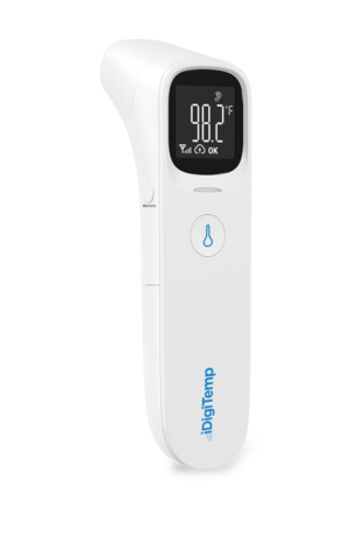
FDA’s new AI tool “Elsa” faces accuracy concerns despite commissioner’s high hopes
Key Takeaways
- Elsa, the FDA's AI assistant, faces criticism for producing unreliable and fabricated information, despite public endorsements from leadership.
- Internal reports describe Elsa as "clunky" and prone to "hallucinations," contrasting with the agency's positive public messaging.
FDA's AI tool, Elsa, faces scrutiny for producing unreliable data, raising concerns about its rapid implementation and impact on regulatory accuracy.
The
Commissioner Makary announced Elsa’s launch on
Makary’s broader vision includes deploying
But as Elsa rolled out agency-wide, its actual performance fell short of expectations for some users. According to
External observers have also begun to raise concerns. In a client alert, the law firm
Makary’s ambitions for AI go far beyond administrative tools. In a June opinion piece in JAMA, Makary and co-author Vinay Prasad, MD, outlined a vision for “rapid or instant reviews” of drug applications, faster food safety alerts, and the rebuilding of public trust through transparency and innovation. He compared the goals of Elsa and other agency AI tools to the pace of Operation Warp Speed, which helped deliver COVID-19 vaccines in record time.
The agency has also expanded its regulatory oversight of AI-enabled medical devices. By mid-2024, the FDA had authorized over 1,000 such tools. Makary, writing in a
Still, critics warn that those goals may be outpacing the agency’s readiness. Elsa’s outputs—no matter how promising in concept—must still meet high scientific and regulatory standards.
Makary has dismissed suggestions that the FDA is moving too quickly, pointing to the need to modernize and deliver treatments faster to patients. He has also introduced the “Commissioner’s National Priority Review Voucher” program to speed up drug reviews for conditions like pediatric cancer and rare diseases, as detailed in a
But as Elsa’s flaws become more apparent, the question remains: can the FDA’s technological leap deliver on its promises without sacrificing accuracy, trust, and safety? For now, the agency insists it can. But reviewers and watchdogs will be watching Elsa closely.
Newsletter
Stay informed and empowered with Medical Economics enewsletter, delivering expert insights, financial strategies, practice management tips and technology trends — tailored for today’s physicians.








